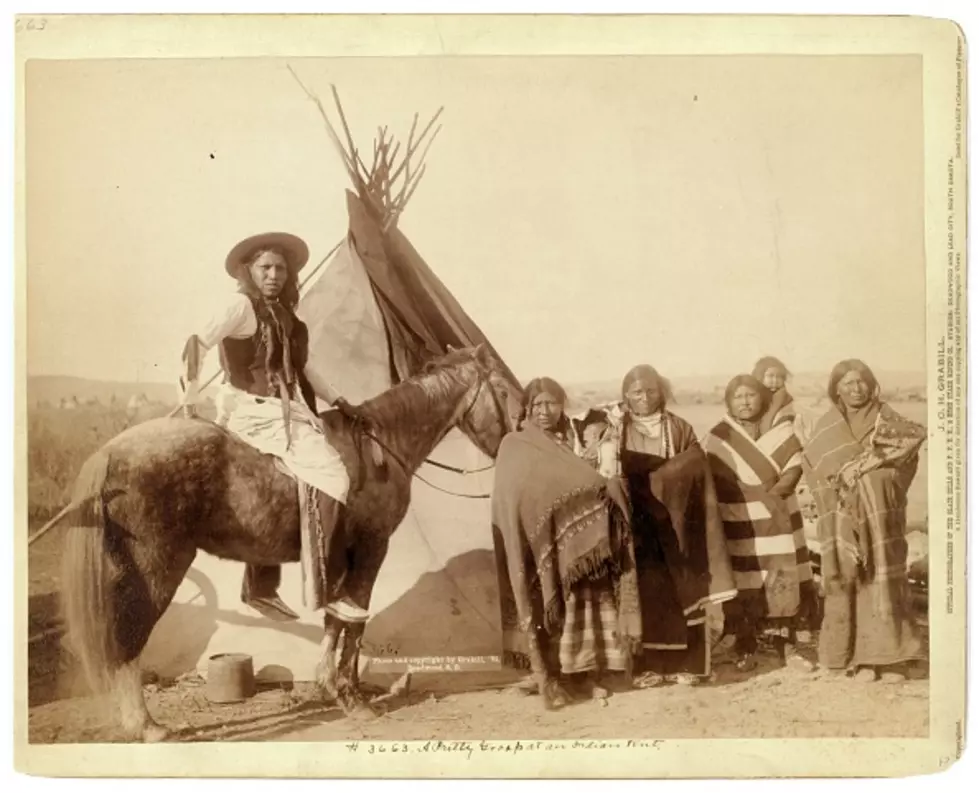
Can You Identifying The Western Tribe By Their Tipi Art?
Most North American Indian tribes did not live in tipis.
When the first Europeans came to America they found the tribes of the North East living in log cabins, though without the chimneys. They also build forts with log walls.
Southern Indian tribes lived in more rounded huts. Those were also permanent structures.
Mid-West tribes build structures that were massive earthen mounds.
South Western tribes built stone homes. Northern coastal Indians lived in mostly log structures.
It was only the tribes of the planes that used tipis. They were nomadic and needed to follow the herds for their food sources.
Who was a member of what tribe could be identified by how they dressed, but also by how they decorated their tipis?
Someone who knew what they were looking at might also be able to identify the tribe by how the tipi was constructed. Though most techniques were very similar.
Hunting scenes, depictions of daily life, and battles with the white man and other tribes might be depicted
You could learn a lot about the tribe, as well as the person inside the tipi, by what was drawn on the outside.
There are books out today about tipi art and what it means.
One I found on Amazon is titled Painted Tipis.
Another book I found called The Indian Tipi talks about art that was almost lost to America. But has made a comeback.
As The Indian Tipi makes obvious, the American Indian is both a practical person and a natural artist. Indian inventions are commonly both serviceable and beautiful. Other tents are hard to pitch, hot in summer, cold in winter, poorly lighted, unventilated, easily blown down, and ugly to boot. The conical tipi of the Plains Indian has none of these faults. It can be pitched by one person. It is roomy, well ventilated at all times, cool in summer, well lighted, proof against high winds and heavy downpours, and, with its cheerful fire inside, snug in the severest winter weather. Moreover, its tilted cone, trim smoke flaps, and crown of poles, presenting a different silhouette from every angle, form a shapely, stately dwelling even without decoration.
Some old tipi art has made it back into both the Indian and white cultures as art. Folks are buying both old and new tipi drawings for display.
The Nelson-Atkins donated one of the tipis used in marketing efforts for The Plains Indians: Artists of Earth and Sky to Travois, a Kansas City-based organization focused on developing affordable housing in Native communities. Artists Bobby Wilson, of the Sisseton-Wahpeton Dakota, and Ryan RedCorn, with the Osage Nation, were hired to paint the tipi before it was donated to the American Indian College Fund. It will be sold to raise funds for scholarships for Native college students.
You can watch the artist work on this YouTube video.
The next time you see an authentic tipi, think about what is being said or expressed by the paintings on it's side.

